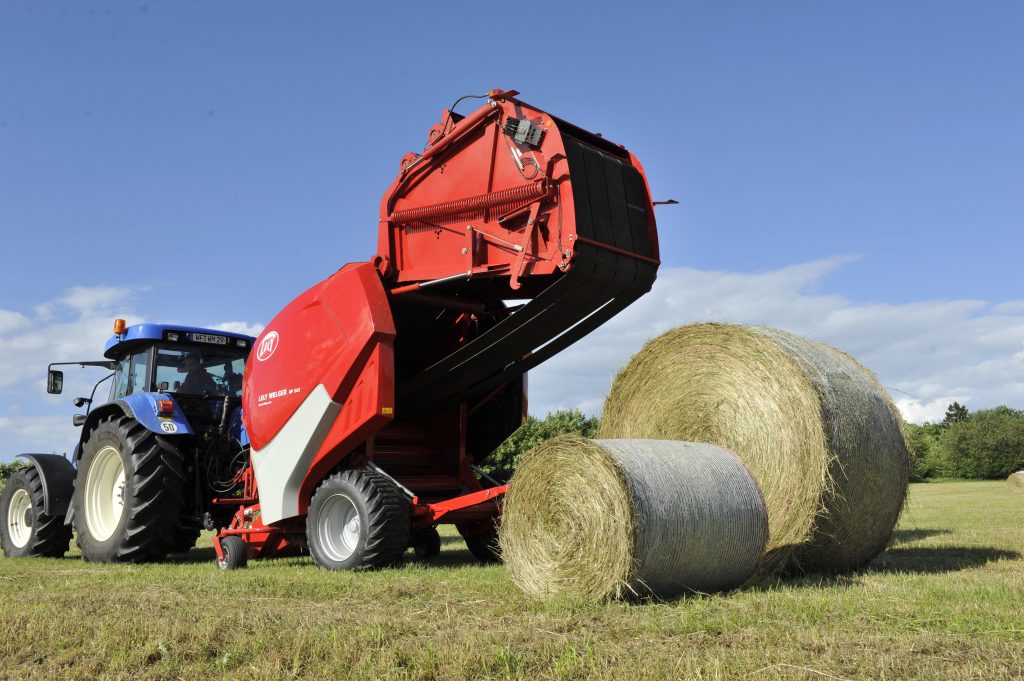Grassweed Action : Responding to the ryegrass threat
3rd May 2019
Barrie Hunt turns his expert attention to managing Italian ryegrass in the latest in our series of articles on getting to grips with problem grass weeds.
Barrie Hunt turns his expert attention to managing Italian ryegrass in the latest in our series of articles on getting to grips with problem grass weeds.
Black-grass may be the country’s number one grass weed problem, but Italian ryegrass is a far greater threat for many growers. Indeed, the latest national study shows the area of winter cereals affected by it growing at a much more rapid rate in recent years.
A monster of our own grassland productivity creation, Italian ryegrass is around twice as competitive as black-grass – wheat yield losses of 10 per cent typically being seen from populations of only 10 plants/m2. What’s more, herbicide resistance is becoming noticeably more widespread, with some populations now showing limited susceptibility to most of the main selective chemistry in our armoury.
If anything, ryegrass is more prolific than black-grass, producing over 5,000 seeds/plant which can survive in the soil for a good 5 years. But, like black-grass, over 90 per cent of this germinates and emerges before December and will not do so if buried to a reasonable depth.
This makes a similar approach to control important. It also means the best black-grass control programmes are likely to give effective control of Italian ryegrass, making specifically-targeted treatment necessary only where black-grass is not a problem.
Prioritise
We clearly need to prioritise the worst-affected fields for intensive cultural control first. In view of the weed’s greater potential for rapid spread as well as competitiveness, however, effective early control of infestations is even more important than with black-grass.
Stale seedbeds are crucial here, so we can stimulate as much weed growth as possible and eliminate it with glyphosate ahead of drilling the next crop. This means rapid shallow tillage and good consolidation post-harvest to ensure the best weed seed-to-soil contact and moisture preservation in the germination zone.
Providing the weed seed bank has been kept near the soil surface by several years of shallow tillage, rotational ploughing to bury all seed and trash can give excellent immediate control of the worst Italian ryegrass infestations. This will be far less effective, though, where previous cultivation has distributed the seed more widely through the soil profile. And we need to follow it with several years of shallow tillage or direct drilling to keep the remaining weed seed near the surface for pre-planting control and avoid bringing viable seed back to the surface again.
In the same way as black-grass, we should delay winter wheat drilling until at least mid-October to give us time to deal with the bulk of weed emergence with our stale seedbeds; and move as little soil as possible when we do drill to stimulate the least emergence with the crop.
Competitive varieties
Choosing more grass weed-competitive wheat varieties will help too. Alternatively, where September drilling is important – as it can be on heavy ground that rapidly becomes impossible to work in the wet – we can switch to substantially more competitive six-row barleys.
Where the ryegrass risk is high, winter barley is inappropriate or we can’t get decent quality late-wheat seedbeds, spring drilling is the key. Apart from anything else it gives us the time to get rid of an even greater amount of weed growth before the next crop goes in, taking the pressure off in-crop herbicides.
Whether we drill in the autumn or spring, we must maintain a robust residual pre-em herbicide programme, target post-em herbicides at the youngest possible stage of weed growth, and rotate actives over successive seasons to reduce selection pressure for resistance.
If we have to delay drilling for more than a few days after pre-planting treatment, including a permitted glyphosate with the pre-em can be valuable in dealing with very early seedbed weed emergence.
Alongside these controls, we must also be prepared to spray-off badly-infested patches of cereals in the spring to minimise seed return; employ more than one spring crop in succession if we need to; and bear down on ryegrass as hard as black-grass in the cereal breaks in our rotation, giving us the best opportunities for in-crop control.
As Roundup technical manager, Barrie Hunt co-ordinates the national on-line resource (www.monsanto-ag.co.uk/grassweed-action) providing the best information and guidance for growers keen to control grass weeds in the most sustainable way possible.

